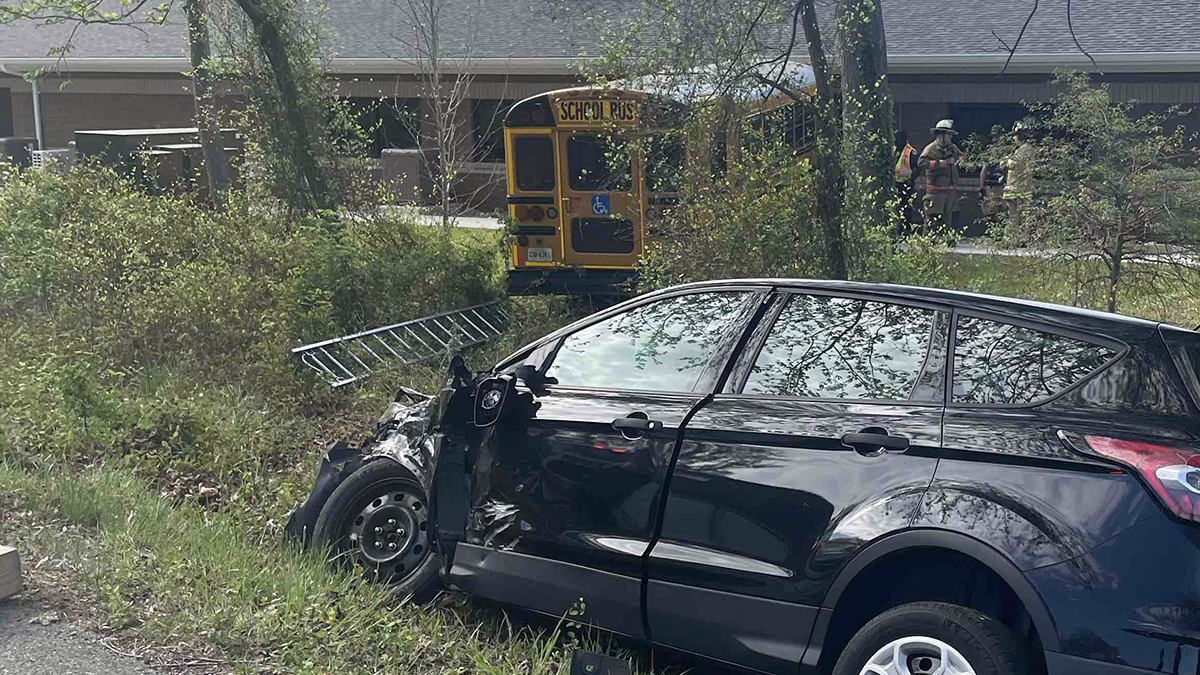Motorists may not like them, but red light cameras do have their fans. Just ask D.C. Police Chief Cathy Lanier.
"I think there's no arguing with the results," Lanier said, referencing a new report that red light cameras have reduced fatalities in intersections by 24%. "With an automated system," she said, "we can do the enforcement without pulling officers out of the neighborhoods where they're doing crime fighting."
Traffic-related deaths dipped in 14 cities, that introduced red light cameras between 1996 and 2004, says the Insurance Institute for Highway Safety. Their recent report estimated that in the five years after red light cameras were introduced in those cities, 159 fewer traffic fatalities occurred.
According to the report, drivers are driving slower when approaching intersections where they know the cameras are located.
"Red light cameras are working," Insurance Institute president Adrian Lund said. "There are hundreds of people who are alive because some communities had the courage to use this method of enforcement."
Not everybody agrees. The National Motorists Association said that the cameras are bad for traffic because they increase crashes, especially rear-end collisions. The Association advocates solutions like lengthening yellow lights and better sight-lines at intersections to improve traffic safety.
The American Civil Liberties Union also has questioned the use of the red light cameras, saying occasionally an incident occurs that falls into a gray area that computers and cameras cannot make fair judgments on.
Local
Washington, D.C., Maryland and Virginia local news, events and information
In D.C., red light cameras have been placed at 52 intersections.



